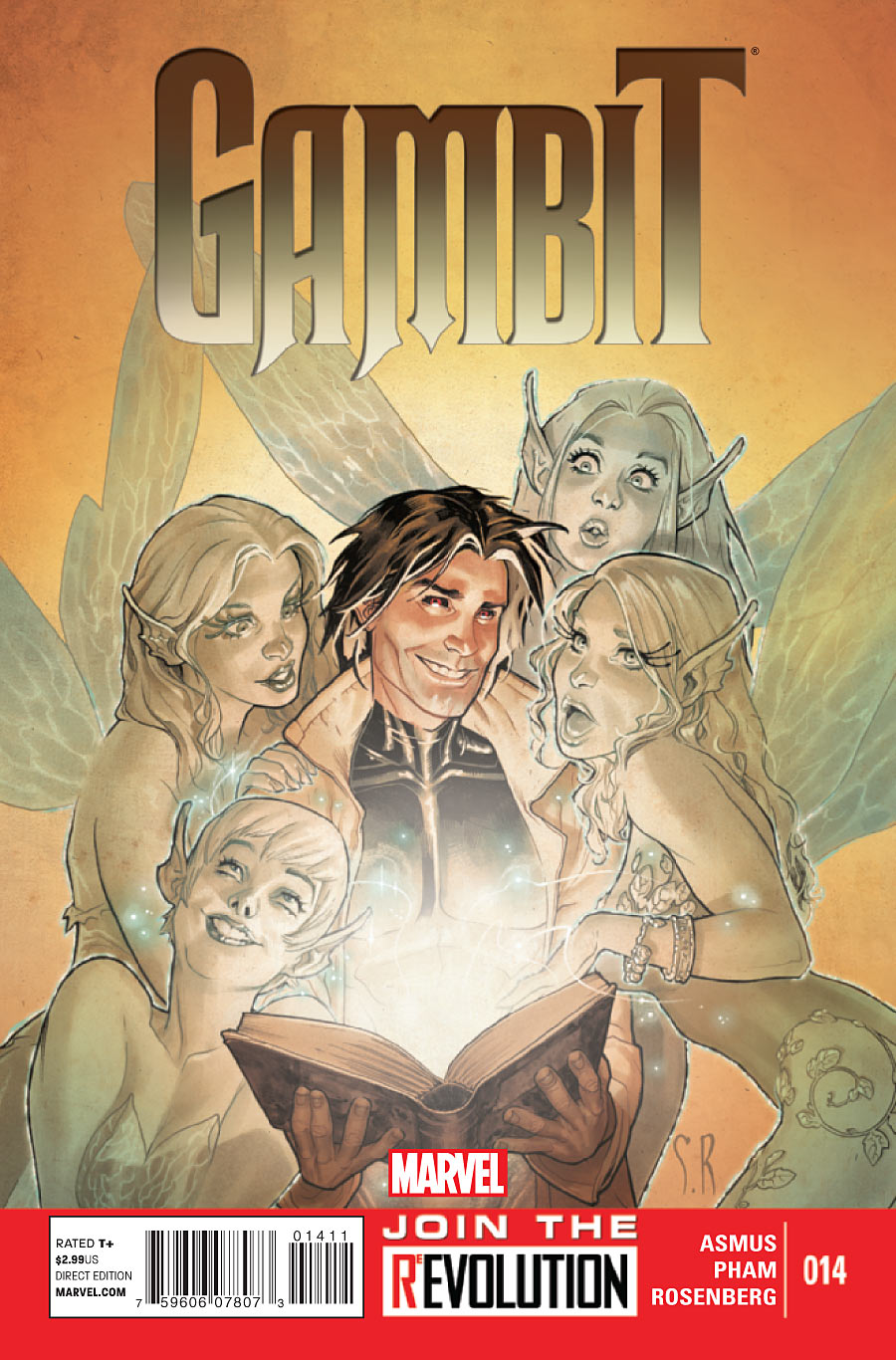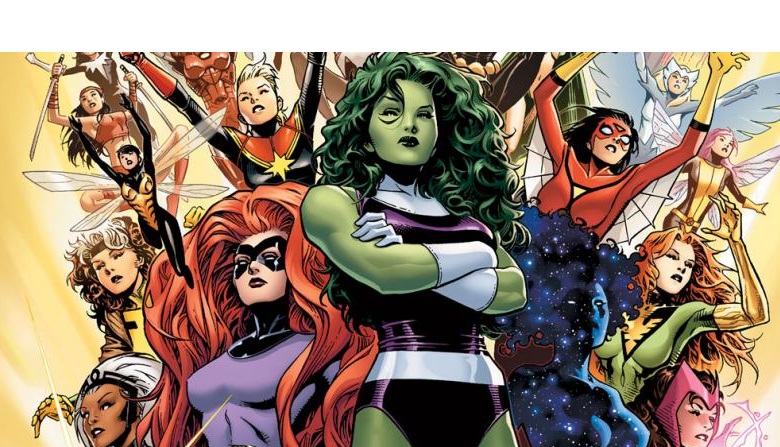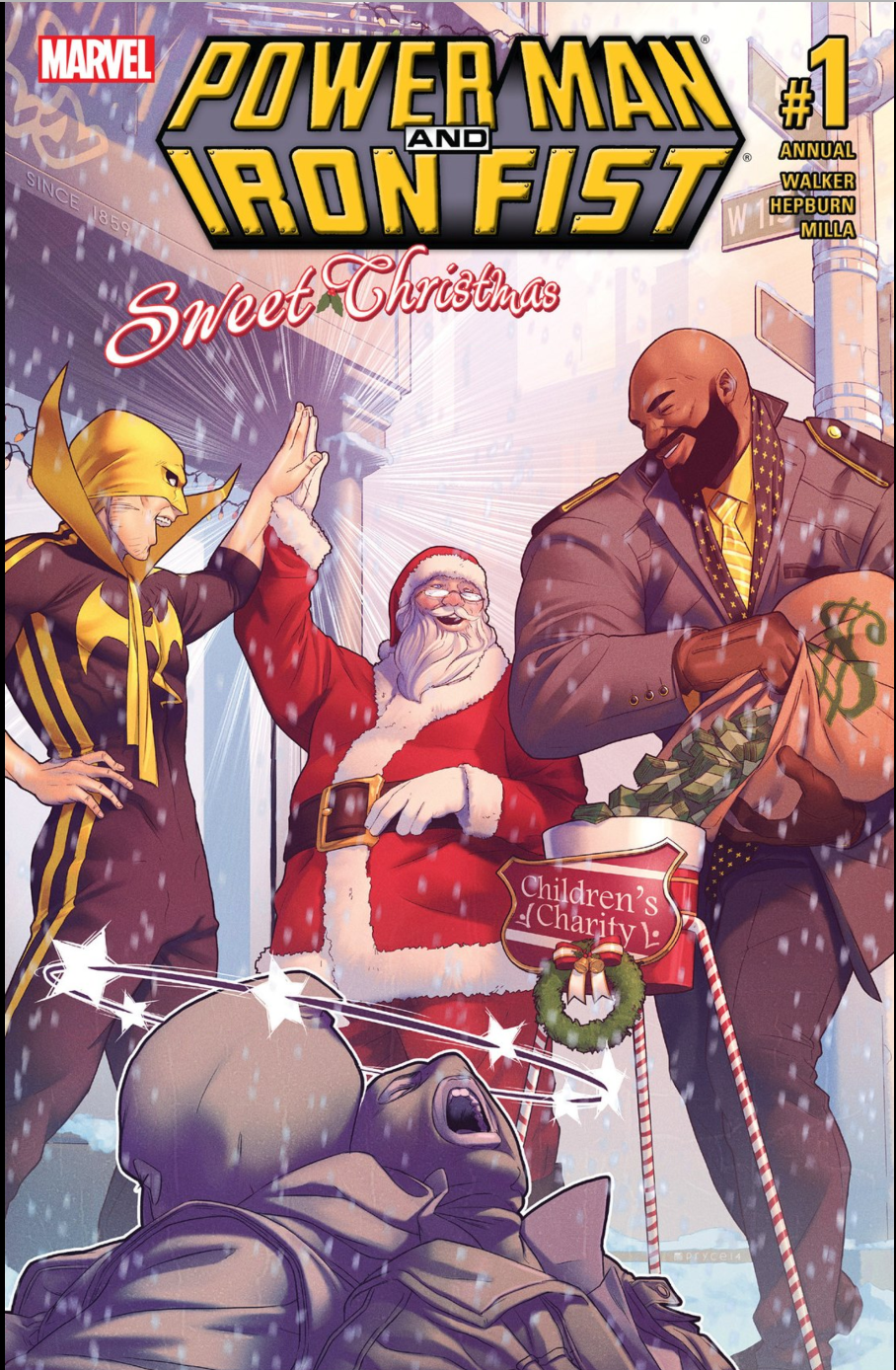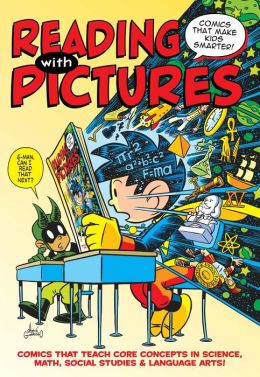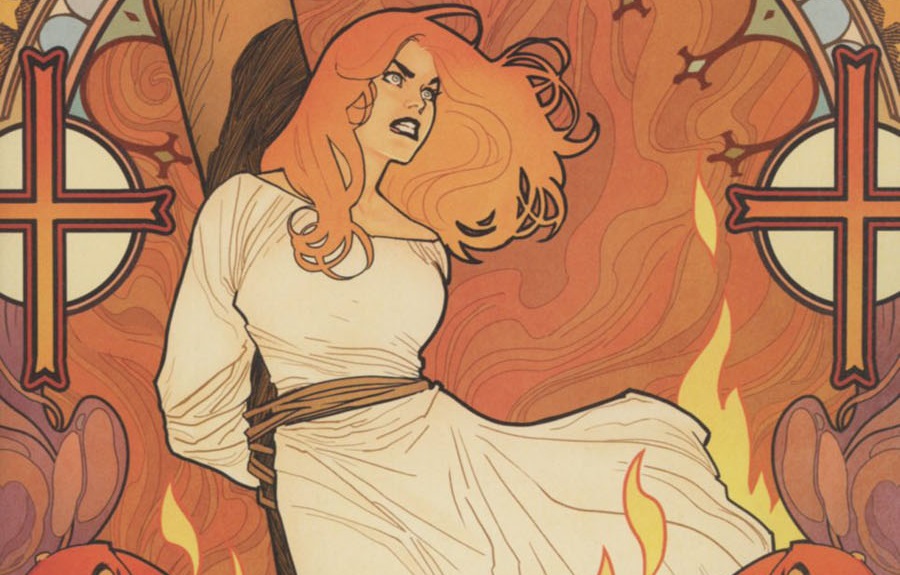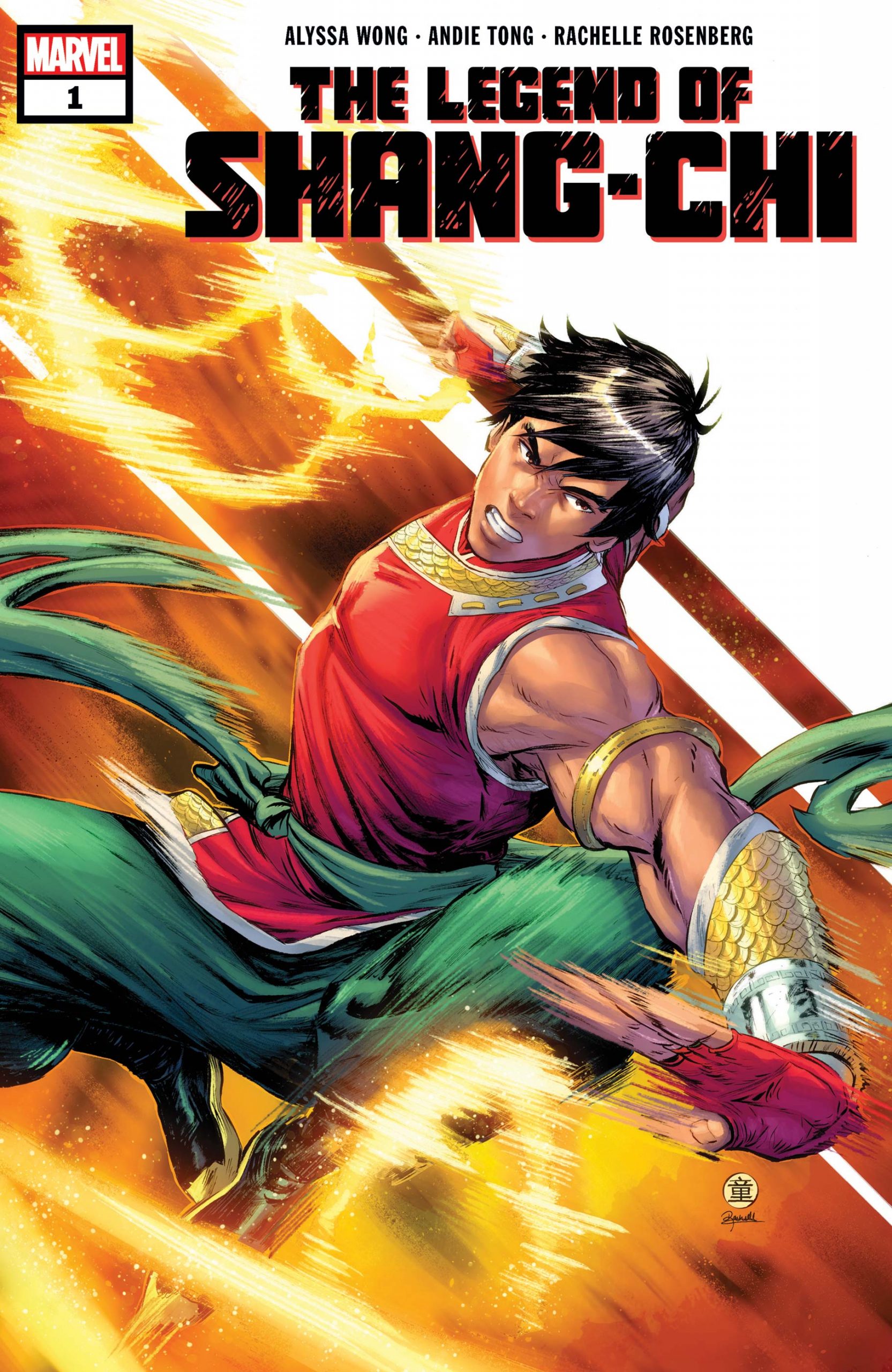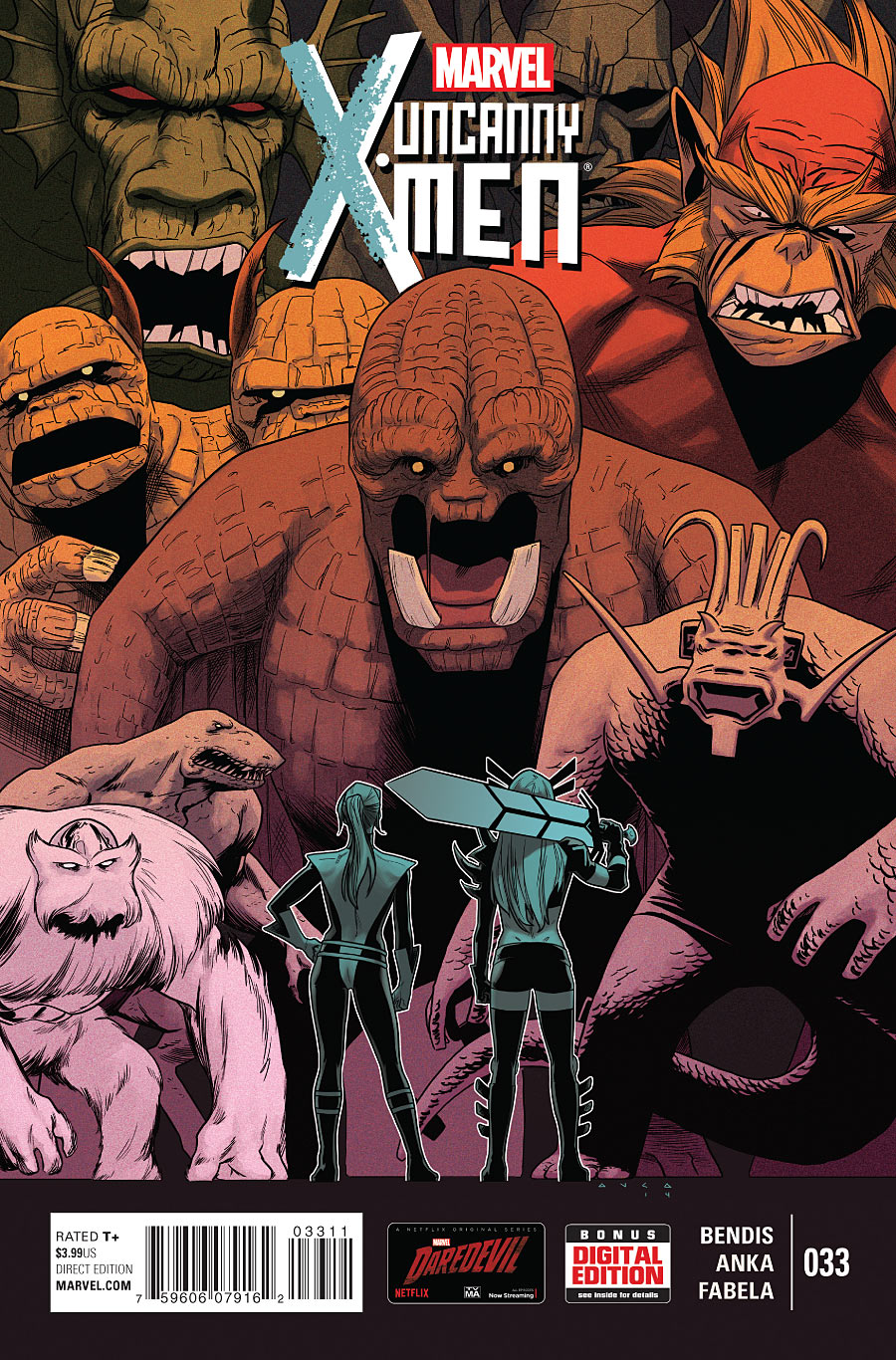
Karnak #6
Writer: Warren Ellis
Artist: Roland Boschi
Colorist: Dan Brown
Letterer: VC’s Clayton Cowles
Review by: Nate Mondschein (@33andMoonshine)
–Mild spoilers for Karnak #6 (and Karnak #5, for any of you time travels reading this in 2015)–
Maybe it’s all about the timing.
Slated originally for a February 2016 release, Karnak #6 brings to a close the eponymous Inhuman’s 2+ year-long romp with an air of detachment that it is difficult to separate from the circumstances of its long overdue appearance.
I mean this in a number of ways. The last time I wrote a review of Ellis’s series was just under five months back, its penultimate installment. Five months can be many things, and these found a special way to dig in hard, punctuated with flares of loss and leaving and starting over. None of this is Warren Ellis’ fault. But to sustain a climax across that much change is difficult in and of itself. To do so with the sort of narrative restraint and disaffection that is at the heart of this Ellis story is a nearly insurmountable feat.

The problem is compounded by the fact that, in many ways, Karnak’s most grueling showdown is already complete. When we rejoin him, he is in the middle of a downward spiral, driven downward by his confrontation with human bomb-not-bomb (maybe bomb?)/artist formerly known as The Painter (now know as Helicarier Wall Pollock Painting). Last issue’s metaphysical staredown between the two left our inhuman magister seemingly unsure of the reliability of his gifts, and furthermore, of their value. The Karnak we join here is no longer pure, no longer the dry wit that tore through Agent Colson in issues past, no longer the unflinching, barehanded demise of an oncoming bullet. This Karnak is (comparatively speaking) unhinged.
His subsequent reactions have a childlike quality to them, marked by spontaneous boasts and acts of violence extending well beyond necessity. And though he ultimately prevails in his mission (in one sense or another), the Karnak we are left with at the story’s conclusion is not so much a changed man as a lesser one.

This is inherently not a critique. We are, in so many ways, conditioned to expect our Big-Two heroes to, even at their worst moments, ultimately travel along the trajectory of (for lack of a better word) a hero. Ellis is instead striving for an earnest character study of a man who just so happens to share some of the properties of a superhuman.
But the flaw (always a flaw) is the delivery, at once giving us too little time to sit with his subject, and too much room to breathe between the moments we can. Life creeps in. We are no longer the audience Ellis had when he began. The trials of a broken man consigned to a prison of his own philosophical creation do not clock as high as the day to day work in the world that has now revealed itself (or, more honestly, the world that many of us were reminded we had been living in all along).
And maybe that doesn’t matter. Maybe ten years on, the trade of Karnak will read like the brilliant piece of short fiction it was intended to be, and we will swallow it whole and enjoy it in the way Ellis always wanted, which is to say enjoy it in that deeply uncomfortable, questioning every assumption about ourselves and the world we live in sort of way. For now, there’s enough of that happening outside of comics. Maybe it’s just not the right time.
Verdict: Eh. If you’ve come this far, I don’t know why you wouldn’t finish things out, but the better suggestion would be to give this whole project some distance and revisit it in full further down the road.



